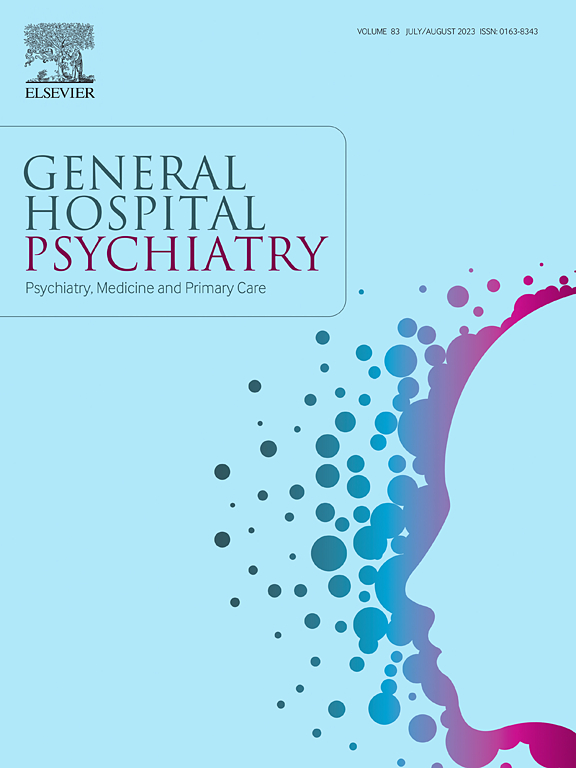致幻剂辅助治疗中的医患关系:对未来现实世界环境的影响
IF 3.7
2区 医学
Q1 PSYCHIATRY
引用次数: 0
摘要
在精神卫生保健中使用5 -羟色胺类致幻剂应该始终是心理治疗的一部分,这一观点最近受到质疑。反对这种模式的一个论点是,它需要高昂的成本,这可能会限制迷幻辅助疗法(PAT)的可及性——如果PAT在未来得到正式批准,这种担忧可能会得到关注。本文分析了一种还原主义方法的含义,该方法主要将PAT作为一种药物干预,重点关注治疗的一个关键组成部分:患者-治疗师关系。它首先回顾了强调这种关系在PAT中的治疗和伦理意义的证据。然后,它认为缩短准备阶段可能是一种节省成本的措施,但有可能破坏牢固的医患关系的发展。最后,本文概述了在成本压力下加强这种关系的三种策略:在准备过程中保留一些关系要素,在所有阶段都让同一治疗师参与,保持连续性,并且在可能的情况下,将患者的常规治疗师纳入过程。本文章由计算机程序翻译,如有差异,请以英文原文为准。
Patient–therapist relationship in psychedelic-assisted therapy: Implications for future real-world settings
The view that the use of serotonergic psychedelics in mental health care should always be psychotherapeutically embedded has recently been questioned. One argument against this model concerns the high costs it entails, which could limit the accessibility of psychedelic-assisted therapy (PAT)—a concern likely to gain traction if PAT is officially approved in the future. This paper analyzes the implications of a reductionist approach that primarily frames PAT as a pharmacological intervention, focusing on a key component of the treatment: the patient-therapist relationship. It first reviews evidence highlighting the therapeutic and ethical significance of this relationship in PAT. It then argues that shortening the preparation phase is a probable cost-saving measure that risks undermining the development of a strong patient-therapist relationship. Finally, the paper outlines three strategies to strengthen this relationship even in real-world PAT settings under cost pressure: retaining some relational elements during preparation, maintaining continuity by involving the same therapist throughout all phases, and, where possible, integrating the patient's regular therapist into the process.
求助全文
通过发布文献求助,成功后即可免费获取论文全文。
去求助
来源期刊

General hospital psychiatry
医学-精神病学
CiteScore
9.60
自引率
2.90%
发文量
125
审稿时长
20 days
期刊介绍:
General Hospital Psychiatry explores the many linkages among psychiatry, medicine, and primary care. In emphasizing a biopsychosocial approach to illness and health, the journal provides a forum for professionals with clinical, academic, and research interests in psychiatry''s role in the mainstream of medicine.
 求助内容:
求助内容: 应助结果提醒方式:
应助结果提醒方式:


